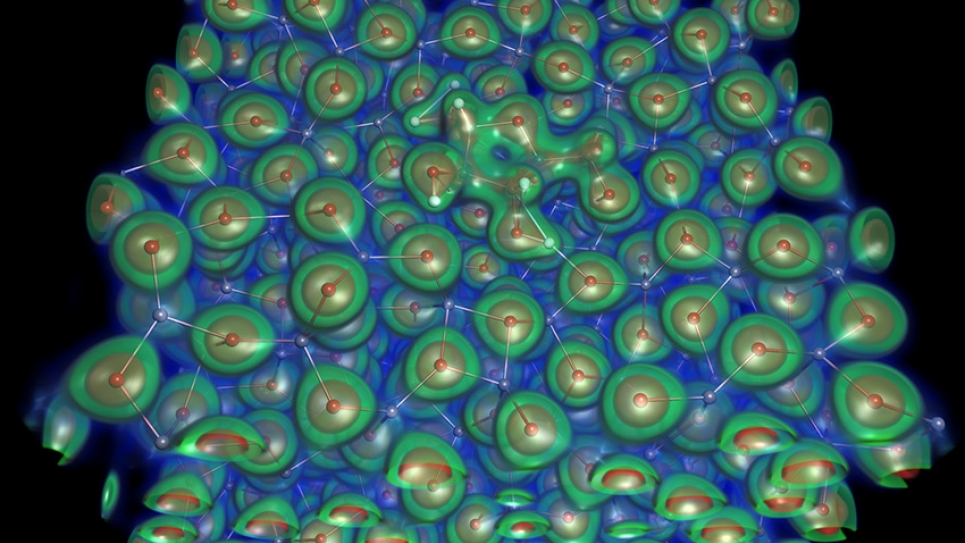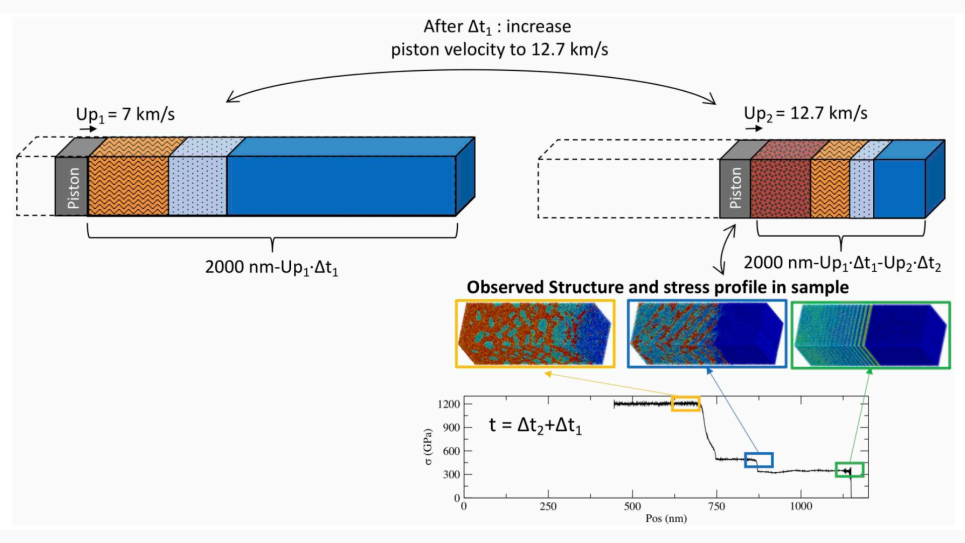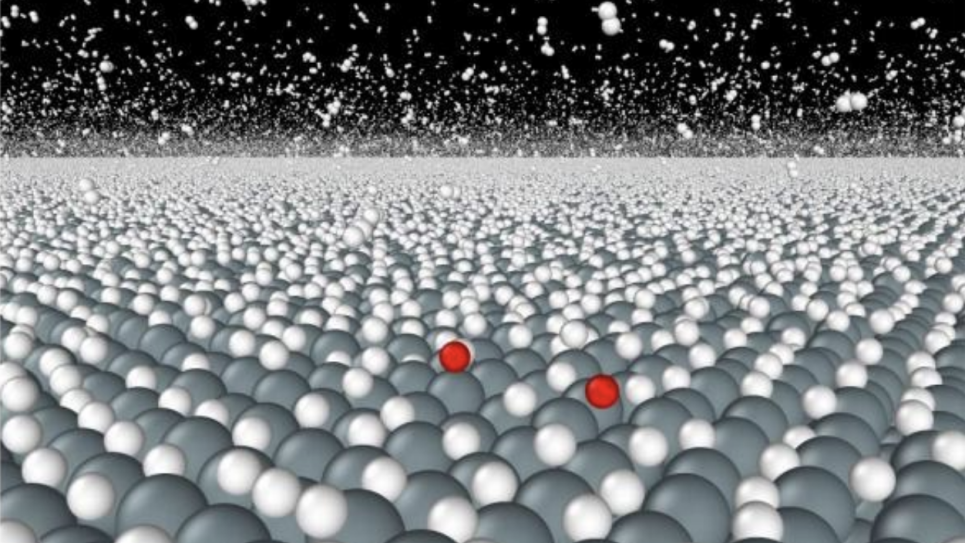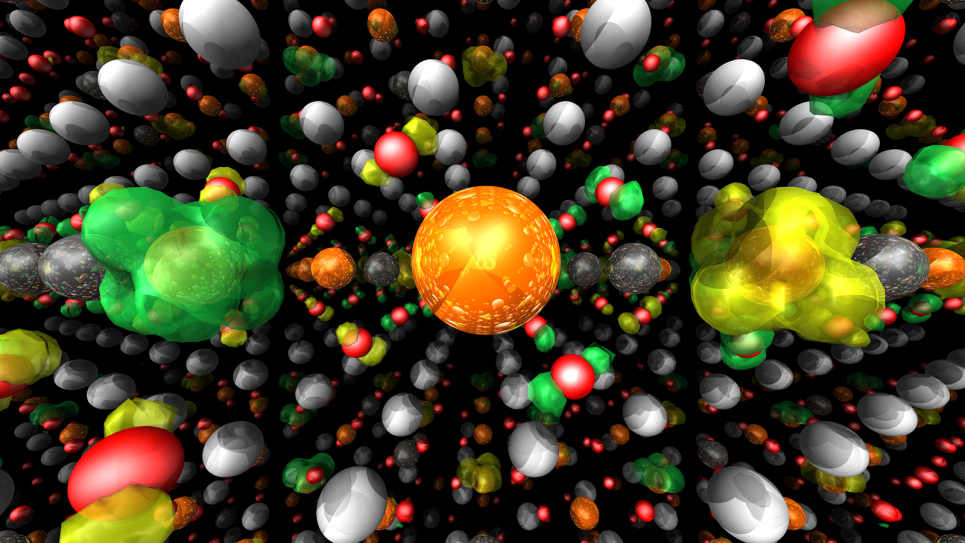
Predictive Materials Modeling for Li-Air Battery Systems
A rechargeable lithium-air (Li-air) battery can potentially store five to ten times the energy of a lithium-ion battery of the same weight. Realizing this enormous potential presents a challenging scientific problem that requires the development of new electrode materials and electrolytes. Researchers at Argonne and IBM continue to conduct ab initio density functional theory and classical molecular dynamics simulations to help address this problem. These simulations will provide insight into the electrochemical nucleation and growth processes involved, as well as provide predictions for new, more stable electrolytes.
Current project milestones are deeply connected to the modeling of the crystallization process. Understanding the formation origins of these macroscopic structures is crucial to the development of Li-air. Researchers will address the debated problem of nucleation of lithium peroxide (Li2O2) by combining large-scale molecular dynamics simulations utilizing an optimized classical force field to understand the driving force behind the formation of these structures.
A study of the oxygen-rich, core-shell-like nanoparticles based on stoichiometric nanoparticles will be conducted based on spin-polarized calculations. The relevant chemical reaction studies involving initial discharge species on Li2O2 and oxygen-rich Li2O2 nanoparticles obtained from previous simulations will help determine energetics and structures. The Argonne/IBM group will investigate these reactions at interfaces between metal nanoparticles and electrolyte interfaces.
Based on recent studies, researchers will begin to consider metal nanoparticles, such as palladium, instead of carbon surfaces with defects. Metal nanoparticles have been shown to significantly affect the morphology of the discharge product and reduce the charge overpotential, a key challenge for Li-air batteries. These calculations will help identify the role these metal catalysts play, and ultimately optimize them for improved performance of Li-air batteries.


